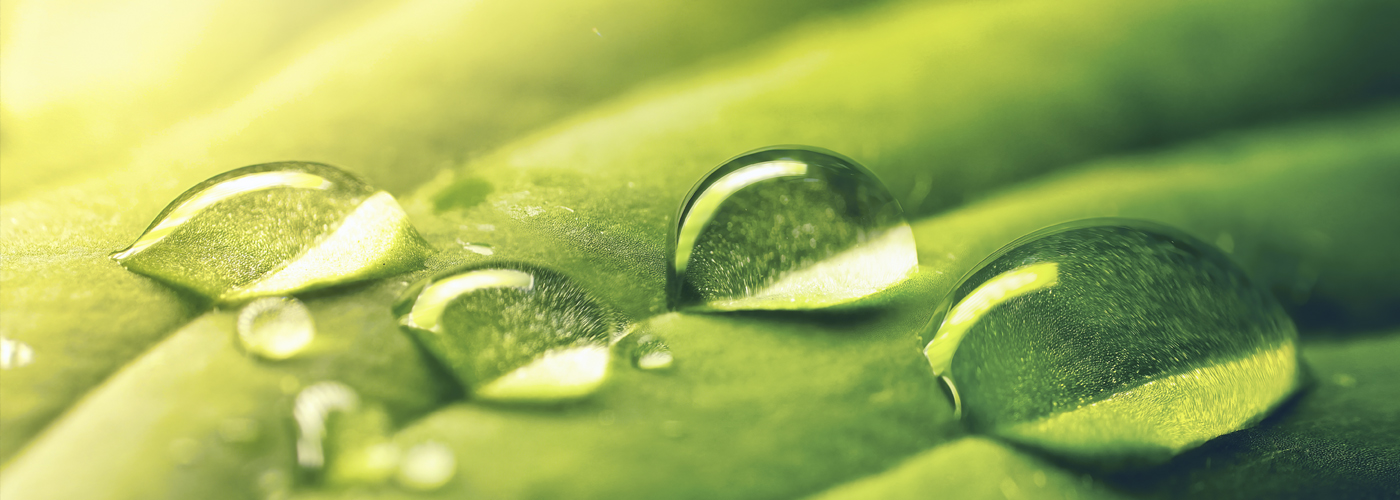Considering our diverse use cases for water, in 2022, we determined that we needed to update our water data collection approach and further embed our data collection processes into the operations. While we are continuously working to reduce our water consumption, we will set water reduction targets in 2023.
Similar to our waste management approach, local site management is responsible for water use and discharge, as well as collecting accurate data for our global data management system.
Water withdrawal, use & release
We typically draw water from our own groundwater wells, or nearby rivers and lakes, when available. Otherwise, we rely on water supplied by municipalities.
After we withdraw water, we use it for various purposes within our facilities:
- To cool down our processes
- To produce steam
- For cleaning processes
- To combine it with our raw material to generate our products
- For sanitary purposes within our facilities
We use and dispose of water in ways that respect and adhere to the local requirements, regulations and industry best practices. This includes releasing water back into water bodies or municipal water streams, discharging it into wastewater treatment plants.
Cooling water in Visp
Visp in Switzerland, our largest production site, is located near the river Rhône. Due to its close proximity to the Swiss Alps, the river is naturally cold, holding a temperature between approximately 4°C–8°C year-round. This natural source of cooling water allows us to operate our facilities in Visp without energy-intensive cooling towers.
To ensure we are respecting and optimizing the use of this natural resource, we are currently conducting an analysis to determine our use efficiency. After identifying potential areas for optimization, we seek to actively lessen use by implementing a closed-meshed monitoring concept. With deeper understanding, we will start developing strategies to maximize reduced consumption.
Looking forward to 2023
In 2023, we will set water reduction targets companywide and will work closely with our manufacturing sites to preserve this important and critical resource.
Stormwater collection & water recycling in Auckland, New Zealand
Our manufacturing facility in Auckland (New Zealand), uses water to produce our Tanalith C Oxide product. In 2022, we increased the amount of stormwater and recycled water to decrease our use of industrial water from the local town supply.
Stormwater within our site is captured and led through an underground sand filtration system before being transferred to two storage tanks within our facility grounds. Equally, water used in our onsite laboratory and for washing up, for example, is captured and diverted to a wastewater tank to be recycled for use in our Tanalith C Oxide production process.
While these systems have been in place for a few years, we increased our focus on using stormwater and recycled water in 2022, using in total, 581,509 liters with a record amount of 79,764 liters of stormwater in August 2022. Our stormwater and recycled water contributed 34% of our water needs for the Tanalith C Oxide production process, which is more than double the amount used only two years ago in 2020.
